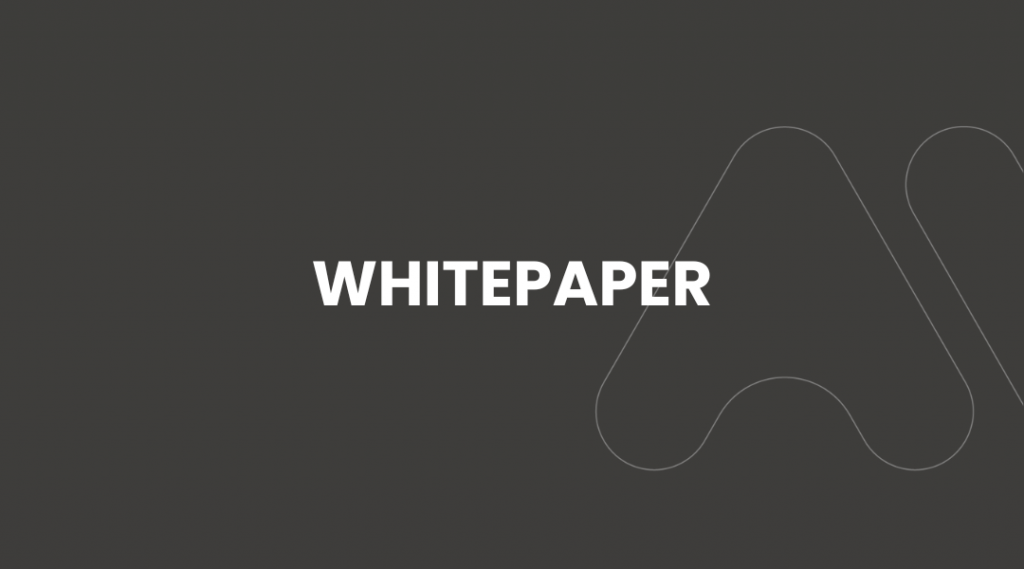Beyond the Pilot: How Multiparty Computation Is Quietly Re-Wiring Everyday Finance
When Kunle Fadeyi published “Secure Finance: Unleashing AI with Multi-Party Computation (MPC),” he threw down a gauntlet: data-driven finance can thrive only if privacy is baked in, not bolted on (LinkedIn). Since then the question echoing through boardrooms has changed from “Does MPC work?” to “How soon can we put it to work for us?”
After eighteen months of field projects across banks, insurers and payment networks, the picture has come into focus. Below is a progress report, not a technical deep dive, but a look at the day-to-day realities of getting MPC out of the research realm and into the balance sheet.
Moving on from “Prove it”
The maths cleared its first real-world hurdle in 2008, when a Danish auction house sold sugar-beet quotas with MPC so secret that even the auctioneer never saw a single bid(eprint). A decade later crypto-custody firms turned the same trick into the “MPC wallet,” proving the tech could secure billions in digital assets at retail speed.(fireblocks) By 2025, institutions were no longer asking whether MPC works, but which pain point to tackle first:
- Shared credit-risk models now run on secret-shared borrower data from consortia of lenders, delivering fairer scores without tripping privacy wires.
- Bank-and-telco Anti-Money-Laundering (AML) sweeps correlate SIM-swap histories with transaction flows to unmask mule accounts that used to slip between the cracks. ● Cross-border reconciliations finally satisfy local-data mandates and still close the books overnight.
- Industry-wide fraud benchmarking lets every participant see its percentile loss rate, but never a competitor’s raw metrics.
- Tokenised-payment settlement reconciles loyalty data in real time while primary account numbers stay invisible.
Executives who witness these workflows in action rarely ask whether the cryptography is sound; they ask when the roadmap can absorb its first production workload.
The performance panic that never arrived
Seasoned risk officers remember the era when an MPC demo would grind to a halt the moment a query touched seven-digit rows. Modern libraries, rebuilt around fixed-point arithmetic and leaner communication protocols, have muted that fear. Data-science teams now drop single-line aggregation calls into familiar Spark jobs; nightly credit batches finish on schedule; interactive fraud dashboards refresh without having a resident cryptographer on call.
In short, MPC performance has become a budgeting conversation, not a research gamble.
Privacy meets prediction
The real commercial lift appears when secure computation collides with machine learning. Anti-money-laundering teams already exchange secret-shared transaction graphs, then train pattern-recognition models that no single bank could assemble in isolation. Retail banking divisions feed spending patterns through the same pipeline to craft highly targeted offers, once again, without exposing a cent of raw ledger data (tno). The bravest teams keep all training local and use MPC only for gradient aggregation, building a decentralised learning loop that even the strictest regulators applaud.
Tooling still lags the comfort of mainstream ML stacks, but open-source frameworks and vendor SDKs have shrunk integration work from quarters to sprints.
When regulators become allies
For years, cross-border privacy rules stalled collaborative analytics. Today the wind has changed direction. The UK–US Privacy-Preserving Technologies (PETs) Prize (nist) and the BIS Project Mandala (bis) both spotlight MPC as the right tool for sharing insight without sharing data. Brussels has echoed that sentiment: the draft EU AI Act and the Digital Operational Resilience Act (eur-lex.europa) single out privacy-enhancing technologies, encryption, secret sharing, and secure computation, as proof of diligent risk management. Early adopters find themselves not merely compliant but influential in shaping tomorrow’s standard.
Lessons from the front line
Projects that scale share three habits. First, they start tiny: reconciling a single fraud watch-list between two banks or merging six months of delinquency data across three lenders. Second, they insist on audit-grade logging and decimal-point accuracy from day one; cryptographic elegance alone will not placate SOX or model-risk committees. Third, they decide governance early, who hosts the orchestrator, how keys rotate, which ISO or SOC controls apply, so the hand-off from pilot to production is an infrastructure exercise, not a political one.
Why this matters right now
The digital economy is accelerating toward the multi-trillion-dollar mark, yet every cross-border payment, buy-now-pay-later credit check, or multi-institution AML investigation still slams into a thicket of data-residency and privacy rules. MPC removes that friction, data stay where they are, insights travel. Early adopters already reconcile ledgers across jurisdictions overnight and train fraud models on transaction graphs that never leave their home vaults. The longer you wait, the further those first movers pull ahead.
Your next step
Download our white paper, then book a 30-minute call with our team. From that call we will:
- Identify one high-impact use case inside your organisation, and
- Sketch a pilot that satisfies local regulations.
Privacy requirements are only getting tighter; the organisations that act now will shape the standards everyone else must follow. Start your MPC pilot and lead the curve instead of chasing it.



